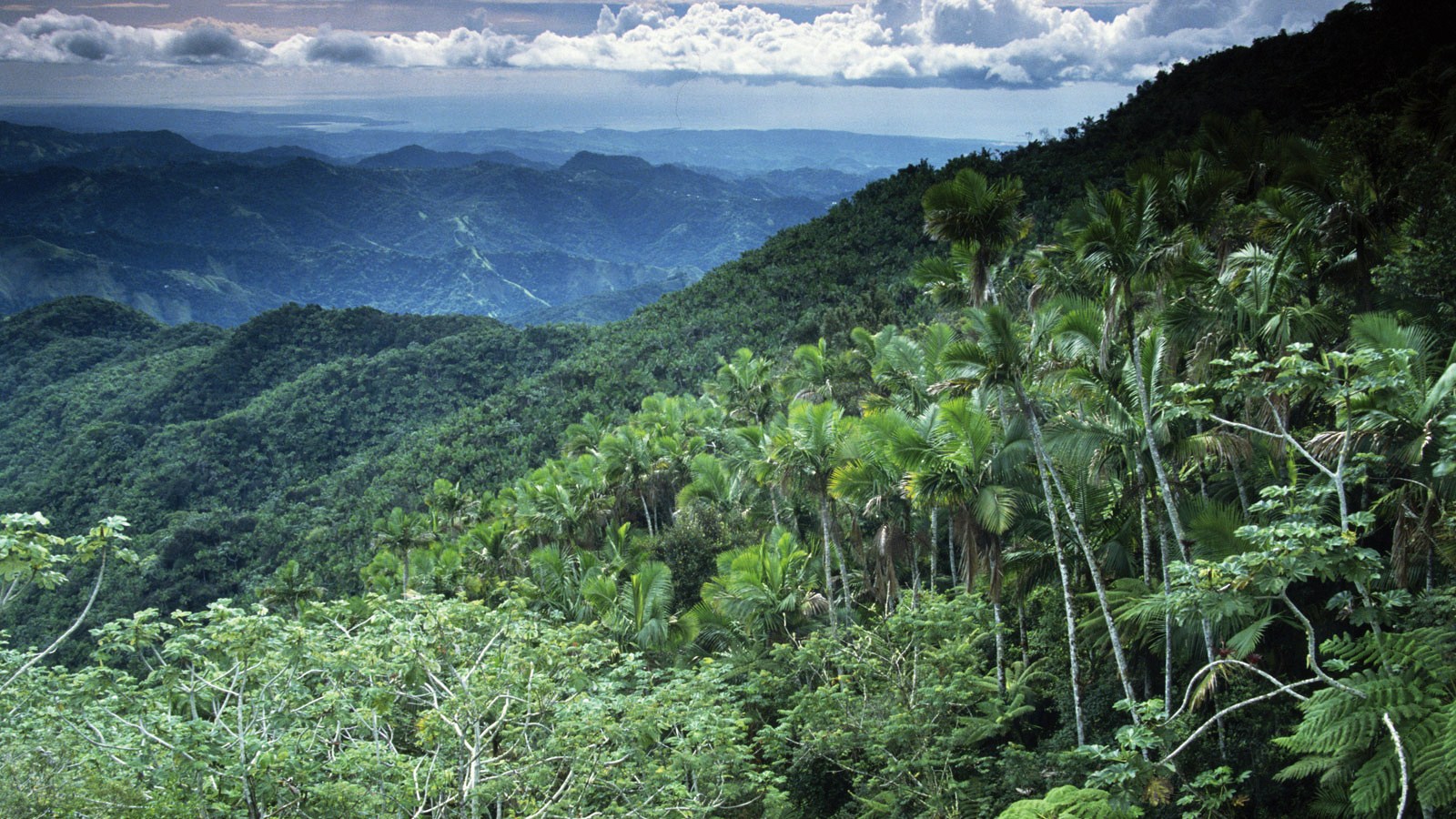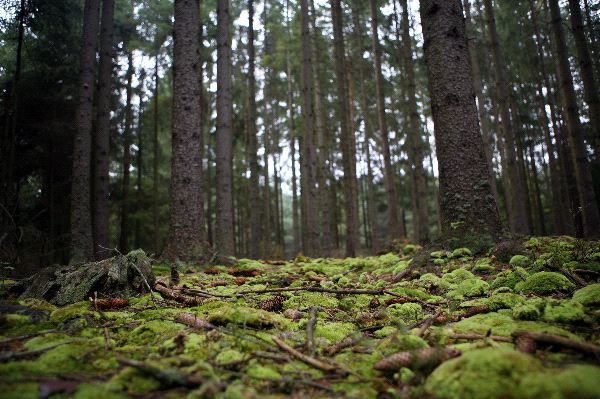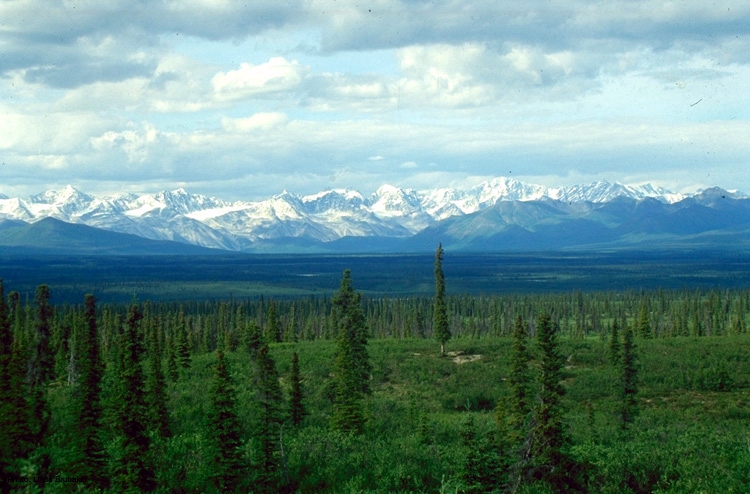In order to understand what forest management is and why we practice it we must understand in what ways we classify an area to be a forest. This may seem straight forward from a methodical point of view; classifying the parts of the “forest” in order to label it as a such. Yet, there is also the legal classification of areas that, while they do not actually contain vegetation that represents a forest, are still held under the jurisdiction of whatever that country deems its forest and resource management agency.
What is a Forest?
There are many variations of the definition on what an actual forest is but the same general theme is as follows: A complex ecosystem, populated mainly by trees, with a diversity of life.
Image by: Sofia Whitaker
“Forests are often broadly classified by biomes, which are forest types corresponding to the climatic regions of the earth in which they occur. There are three major forest biomes: tropical, temperate, and boreal.” (Facts on Forests and Forestry)
Tropical Forest
Image by: Rainforesteducation.com
Locations: Near the Equator- Latin America (57%), Southeast Asia and the Pacific Islands (25%), West Africa (18%).
Common Tree Species: Palm species Euterpe precatoria.
Temperate Forest
Image by: ri.net
Locations: North America, Australia, Europe, Asia, South America, Africa.
Common Tree Species: Pine Fir, Hemlock, Spruce, Sequoias.
Boreal Forest (Tinga)
Image by: thewildclassroom.com
Locations: Canada, Russia.
Common Tree Species: Evergreen Spruce, Fir, Pine, Tamarack.



